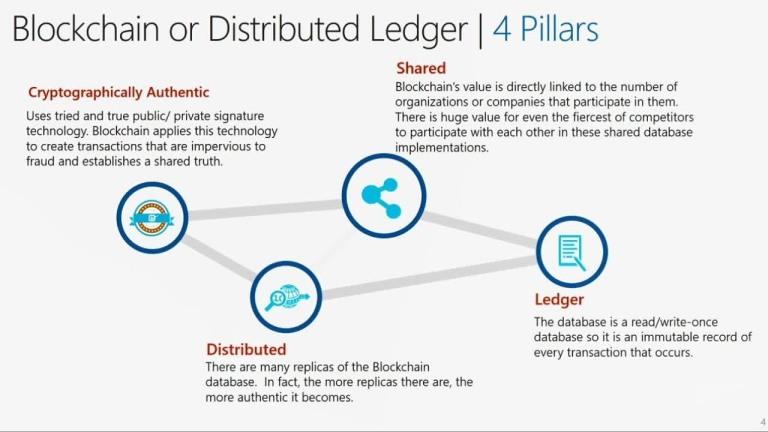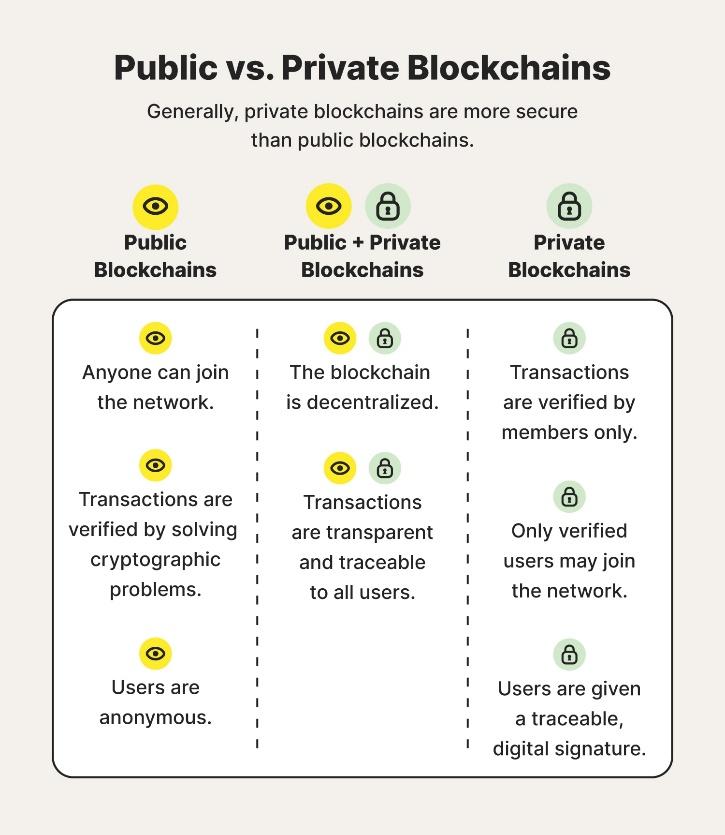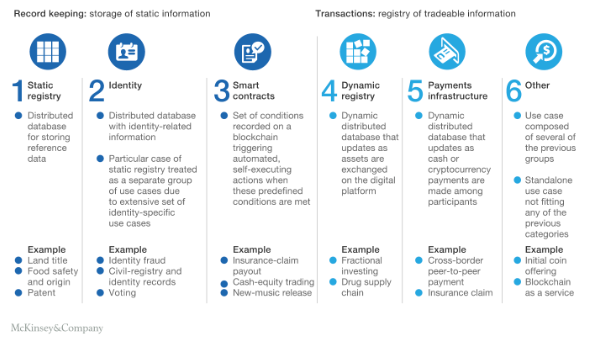
What Is Blockchain?
Blockchain is considered disruptive technology because it radically changes how people and organizations manage data and conduct transactions. Although many enterprises are investing in blockchain for various purposes, blockchain is probably most well-known as the platform for cryptocurrency trading.
Fortune Business Insights forecasts the global blockchain market to grow from $7.18 billion in 2022 to $163.83 billion by 2029.1 What’s behind this massive growth, much of which is expected in the financial services industry? Let’s take a look at what blockchain is, how it works and how data centers support it – a “101” approach, not a deep dive – to start answering that question.
What Is Blockchain?
Blockchain is online software programmed to record transactions and keep track of assets such as cryptocurrencies, buildings, land, intellectual property, copyrights, foodstuffs and so on. It’s sometimes called “distributed ledger technology,” a nod to traditional accounting ledgers.
Essentially, blockchain is a shared database. Key attributes are cryptography and decentralization, which allow individuals and organizations to interact directly with other parties. For example, a blockchain-based payment system can eliminate the traditional “middleman,” a bank, for example.

What Are Differences Between Public and Private Blockchains?
A peer-to-peer blockchain network (public or private) enables different blockchains to interact and allows authorized users to trade and track assets. In a simple model, computers of many users are connected through a single server, so data can move easily throughout the network.

How Does Blockchain Work?
As mentioned earlier, a blockchain consists of a series of recorded transactions, tracking the movement of assets, whether they are tangible like buildings or intangible like intellectual property. A transaction is recorded as an encrypted block of data. Common records cover who, what, when and where, but organizations can choose what data they want to record.
Each block records the time and order of transactions and, by design, blockchain prevents changes to data or to the sequence of blocks. The technology is considered immutable or incapable of change (no additions or deletions once a transaction is recorded on the ledger). However, when a new, authorized transaction occurs, a new block is added to the chain and the blockchain is updated in real time.
Why Invest in Blockchain?
Organizations invest in blockchain primarily to lower cost while improving efficiency. Examples of things that help them achieve this goal are immutability, which lessens the likelihood of fraud: one-and-done recording of transactions: and smart contracts as well as digital identities.
Resolving fraud cases is time-consuming and expensive. One-and-done recording takes far less time than typical duplicative accounting processes. A smart contract is software code that defines rules or conditions to automate executing what is set out in the contract. A simple example might be similar to a stop or stop-limit order on a stock trade – when the specified price is reached, the trade happens automatically. A more complex example is a supply chain; transactions involve multiple parties, prices, certifications, shipping terms and so on.
Blockchain proponents also believe that secure digital identities established in blockchain will streamline many processes and services that today rely on physical credentials such as social security cards, driver’s licenses and employment badges.
How Do Organizations Use Blockchain?
Blockdata research reveals that 65 of the top 100 public companies are actively developing blockchain technology, and more of the top 100 are in the research phase. According to Blockdata, the top use cases and high-level benefits are:
- Blockchain infrastructure services or blockchain-as-a-service (BaaS) platforms that help other companies build blockchain technology through hosting or coding support
- Supply chain modernization to improve product tracking and other functions
- Clearing and settlement of financial assets between institutions to reduce cost and increase speed

Is Blockchain Secure?
While blockchain technology presents a strong defense against cyberattacks, it isn’t bulletproof. Private blockchain networks are set up to allow access only by authorized users. There is some risk, particularly from insiders who have access and the ability to steal credentials or launch an attack. Regardless, blockchain is viewed as more secure than existing network/database approaches.
Supposedly, breaches can occur only when multiple computers in the network are compromised. Experts believe a hacker needs to control more than half of the network to be able to get to the data – an improbable scenario. Further, hacks are unlikely because the data is encrypted, and each block contains a cryptographic hash of only the previous block. If you want to dig deeper into block chain security, check out these articles from Boxmining and Yahoo! Finance, which discuss blockchain vulnerabilities and hacks.
How Do Data Centers Enable Blockchain?
Some data centers support blockchain mining, a process that decrypts and validates block data and verifies each transaction before it’s added to the blockchain. Mining requires special software and hardware, which calls for custom cooling, electrical and maintenance capabilities. Given economies of scale, a colocation data center is likely to be far more feasible and less expensive than in-house alternatives.
Another consideration is a partner ecosystem. Blockchain isn’t a DIY effort. A broad ecosystem simplifies collaboration with cloud service providers, network service providers, technology vendors, managed services providers and more.
Is Blockchain in Your Future?
Chances are good that blockchain is already in your life, behind the scenes in supply chains, the internet of things, online payment systems or government services. The Blockchain Council believes that “blockchain technology will shape the world by 2030.” Its predictions are:
- Blockchain will be leveraged for a majority of the world trade via supply chain enhancements
- Frictionless flows and digital assets, which will reduce transaction cost and data movement
- Blockchain identity for all, providing a single source of verification of individuals and assets
- Considerable improvements in the global standard of living by reducing corruption, through financial inclusiveness and through tokenization, which enables fractional ownership in revenue-generating assets
Time will tell if these predictions come true.








